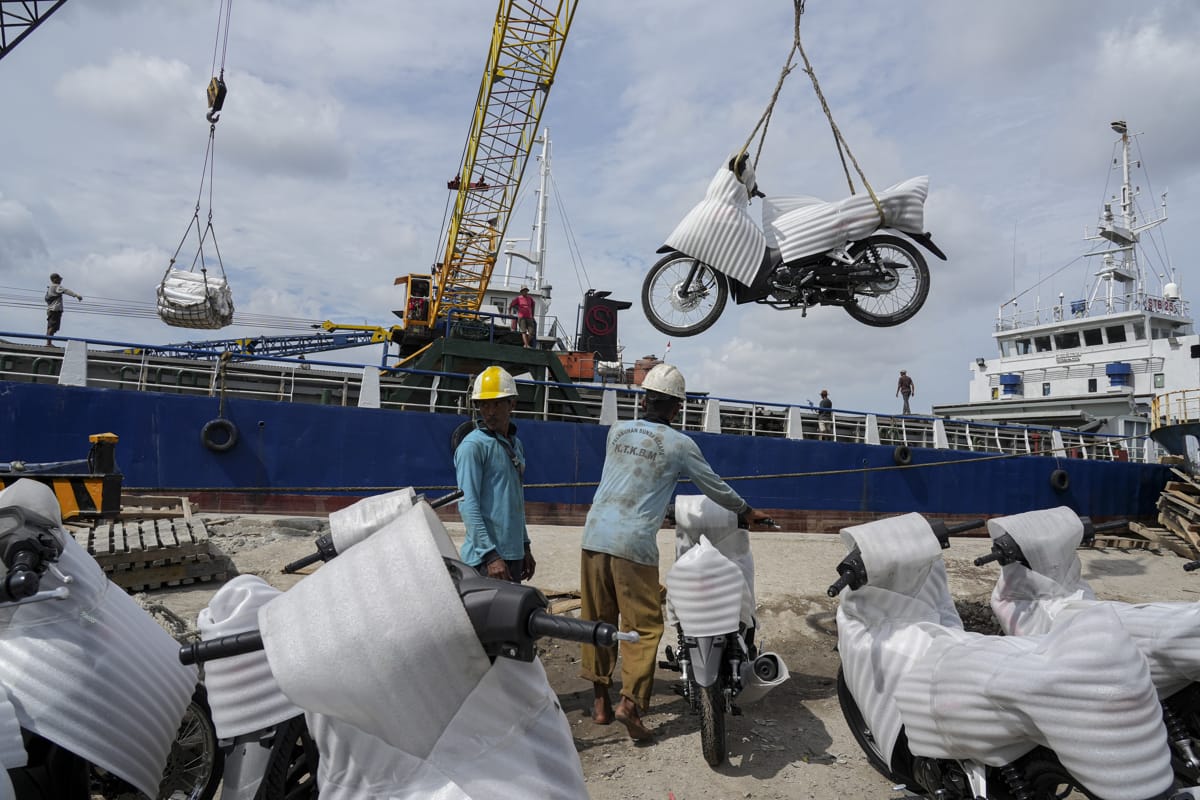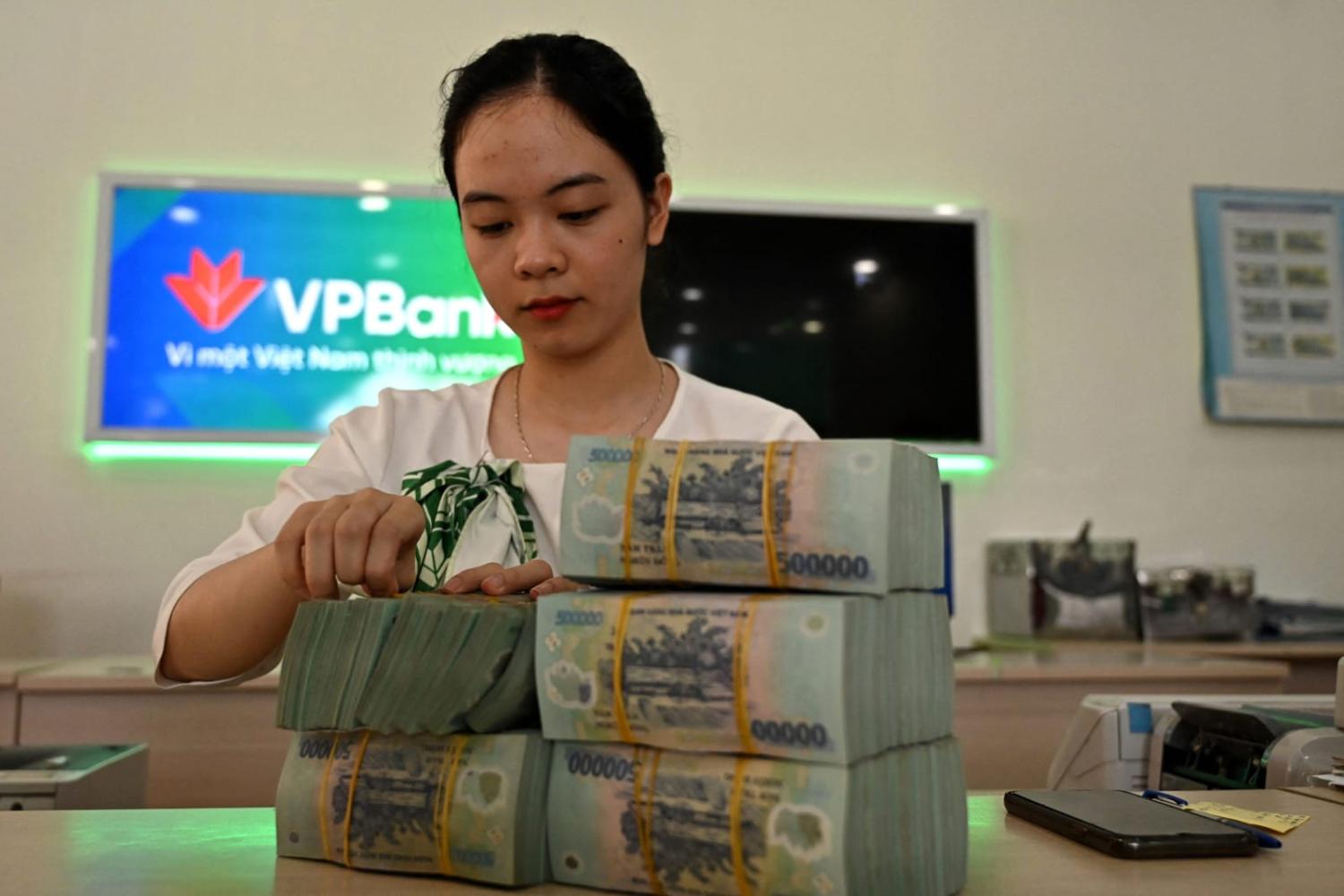The global economy is now entering a more dangerous phase of “selective” de-globalisation. Escalating geopolitical tensions have spilled over to the once “secular” arena of trade and economic policy making, with barriers erected in a formerly free trading global economy. Western economies, especially the United States, are looking to protectionist leaning industrial policies to limit trade and reduce reliance on its adversaries, China and Russia. On the other side, resource-rich developing economies increasingly seek to maximise gains by increasing bargaining power during a global energy crisis.
Despite this worrying trend, global trade and investment is still taking place, just differently than before. In fact, there is little evidence pointing to rapid global decoupling that was feared.
For instance, trade between the United and China that has increased since the Trump-inspired trade wars, even allowing that the United States has since bought more goods from Southeast Asia, especially manufacturing powerhouses Vietnam and Thailand. This trend is likely to be further accelerated by the US Inflation Reduction Act (IRA) and a G7 initiative to “de-risk” global trade.
But the change is significant. Recent financial sanctions on Russia have also led to a more opaque and potentially unstable global financial system. Most notable is the decline in outright China’s holdings of US Treasury securities, countered by an increase in less transparent holdings via third countries, notably Belgium, and increased holdings of US Agency papers. Meanwhile fear of US sanctions and declining global liquidity due to the Federal Reserve’s tighter monetary policy has led to dollar shortages in some developing countries, leading to the rise of the renminbi as the alternative currency to pay for imports from China.
Together, these systematic shifts reduce the chance of an effective global response to solve global economic challenges, whether climate change, rising poverty or growing debt levels. Countries are trying to “muddle” through with a modified existing system, such as an alternative multi-party interim appeal arrangement (MPIA) to close the gap left behind the defunct WTO Appellate Body. Countries are also racing to establish alternative supply chains to secure supplies of the technology of the future: artificial intelligence, semiconductors, 5G technology, and electric vehicles.
But taken together, it is a sign that the old, guaranteed recipe of manufacturing export-led growth and open capital accounts may no longer be an effective path to growth for emerging and least-developed economies.

According to the International Monetary Fund, the cost of the current fragmentation could be as much as 7% of global GDP, significantly reducing potential growth and export demand. Efforts to restrict global capital flows and continued tight monetary policy may lead to financial market instability, and in turn significant currency depreciation for emerging market currencies.
New pathways to growth are urgently needed. For some emerging economies such as Indonesia and India, it is likely to be via a large domestic market and much vaunted commodity resources. Governments are likely to pursue policies that accelerate domestic consumption and investment, such as food price controls, heavy interventions in the foreign exchange market, and propping up property prices – policies that would bolster the middle class and spur a domestically-based industrialised economy.
A regional focus – evident in the Southeast Asian grouping, ASEAN – can also be expected. This is apparent with the launch of a regional initiative to reduce the role of the US dollar to address a balance of payments imbalance.
Emerging markets must also leverage long hidden informal economy, which accounts for much larger portion of economic activity compared to developed economies. The informal economy, which mostly consists of small and medium sized enterprise (SMEs), could be a major driver of economic growth. Digital marketplaces have served as an enabler, as has been seen with Singapore’s Lazada, China’s Taobao and Indonesia’s Tokopedia, which has expanded the reach of SMEs.
Infrastructure has also improved, with most people in emerging markets now having access to mobile phone networks. Access to credit, a traditionally important challenge for SMEs has been somewhat ameliorated by government programs. Now what is left is to push for financial literacy among both sellers and buyers and continue to reduce regulatory burdens for SMEs to promote higher productivity.
Most important is the role of domestic capital markets. According to global consulting firm McKinsey, capital markets in emerging economies still lag behind those in more developed peers, including within Asia where a bifurcation is recorded between the less developed economies and those further advanced. The flux in foreign capital markets should encourage greater participation from domestic financial institutions, including property, government bonds and other securities.
Trust must be fostered, especially in the financial sector. Most emerging economies have imperfect market structures, in financial and industrial sectors that can distort output. Irregular consumer behaviour and local social customs must also be taken into account. Yet in charting a tailored path to growth, emerging economies cannot expect the “business as usual” approach to development that led to past success will apply again.

